Brownfield Land Register
The Town and Country Planning (Brownfield Land Register) Regulations 2017 place a duty upon a local planning authority to prepare, maintain and publish a Brownfield Land Register.
What is 'Brownfield Land'?
Brownfield land is land that has been previously developed. For a site to be considered as previously developed land it must meet the definition found within Annex 2 of the National Planning Policy Framework (2019) (NPPF). Land and buildings in agricultural/forestry use and residential gardens are not considered to be previously developed.
What is a Brownfield Land Register?
A Brownfield Land Register is a list of sites that have been previously developed that have the potential to accommodate housing-led development.
The register consists of two parts:
- Part 1- a list of all brownfield sites that the council has assessed as appropriate for residential development. This includes sites that have the benefit of full or outline planning permission as well as sites without planning permission.
- Part 2 -a subset of Part 1 which will comprise only those sites where the council has decided that the land is suitable for a grant of 'Permission in Principle' (PiP) for residential development.
Part 1
How were sites selected?
Sites must meet the relevant criteria set out in the Town and Country Planning (Brownfield Land Register) Regulations 2017. This means that they must:
- meet the definition of previously developed land contained in the National Planning Policy Framework (2019);
- conform with local and national planning policy;
- be 'suitable' for residential development: this means the land has planning permission for housing or housing-led development; or has been allocated for such development in a Local Plan; or is considered appropriate for such development by the council;
- be 'available' for residential development: this means that there is no impediment to development in terms of either ownership issues or legal constraints on the land; and
- be 'achievable': the land is likely to be developed for housing within 15 years of being entered on the register.
Part 2
No sites have been placed in Part 2 of the register
The Register
The Brownfield Land Register for Boston Borough can be viewed either in .CSV or PDF format. Maps are provided in PDF format only.
The register will be maintained and reviewed at least once a year to make sure it is kept up-to-date.
What is Permission in Principle?
Permission in Principle is a newly introduced consent route which is similar in practice to an outline planning permission. The new PiP route is intended to give developers/applicants more certainty by settling the fundamental principles of development (use, location, amount of development).
A PiP does not amount to a full planning permission and therefore development cannot commence without additional information being submitted to and approved by the Council. This additional information is known as a 'Technical Details Consent' and is similar to an application for approval of reserved matters. A PiP is valid for a period of 5 years.
It should be noted that Permission in Principle is a new tool which will work alongside, not replace, existing routes for obtaining planning permission.




